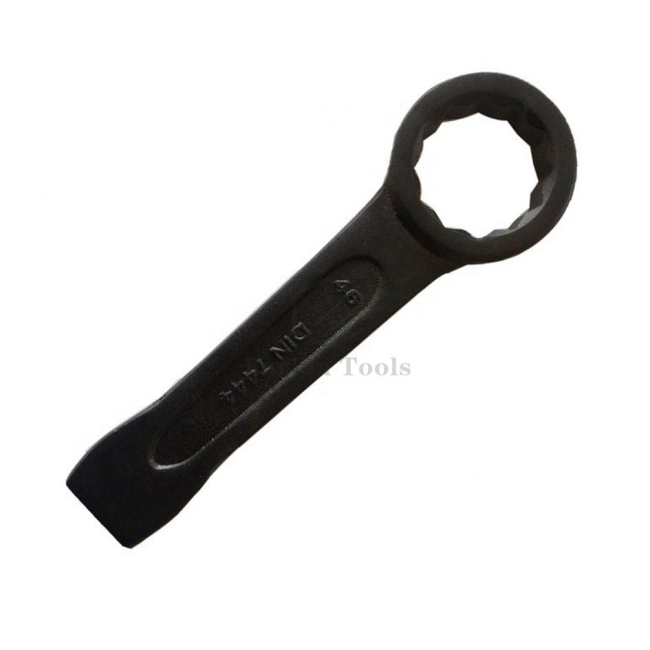Flammable and explosive materials are those that have explosive, flammable, poisonous, corrosive, radioactive and other dangerous properties, which can cause combustion and explosion under certain conditions during transportation, loading and unloading, production, use, storage, and storage, resulting in personal injury and death chemicals involved in accidents such as accidents and property damage are collectively referred to as chemical hazardous materials. There are currently more than 2,200 common and widely used species. Chemical hazardous materials can be divided into 9 categories, Category 1: Explosives; Category 2: Compressed gases and liquefied gases; Category 3: Flammable liquids; Category 4: flammable solids, spontaneous combustion materials, and flammable products when wet; Category 5: Oxidizers and organic peroxides; Category 6: Poisonous and infectious materials; Category 7: Radioactive materials; Category 8: Corrosive products; Category 9: Miscellaneous. Our company provides explosion-proof hand tools.
One kind of chemical dangerous goods has multiple hazards. According to its attributes and dangerousness, judge which category it belongs to and how to save it. The above nine categories of chemical dangerous goods seem to have little to do with fire prevention, but they are not. First of all, most of the organic compounds of these hazardous chemicals based on carbon and hydrogen are combustible and combustible, which is one of the characteristics of organic compounds. And most of them will form toxic substances after burning and are easy to burn. There are also highly toxic substances. In order to understand the flammable and explosive materials in detail, let's introduce the characteristics of flammable and explosive materials one by one.

1. Flammable and explosive
More than half of the compressed gas and liquefied gas listed in the "List of Flammable and Explosive Chemicals Fire Safety Supervision and Management Product Names" are flammable gases. The main hazard characteristic of flammable gases is that they are flammable and explosive, and are within the range of combustion concentration. The flammable gas can ignite or explode when it encounters a fire source, and some can even explode with very little energy. Compared with flammable liquids and solids, flammable gas is easier to burn, and the burning speed is fast, and it burns out. Gases composed of simple components are more flammable, burn faster, have higher flame temperatures, and have a greater risk of fire and explosion than gases composed of complex components. The explosion limits of hydrogen, carbon monoxide, and methane range from 4.1% to 74.2%, 12.5% to 74%, and 5.3% to 15%, respectively. At the same time, because the filling container is a pressure container, it is prone to physical explosion when heated or exposed to heat radiation on the fire field.
2. Diffusion
Compressed gas and liquefied gas are very easy to diffuse due to the large molecular distance of gas and small interaction force and can fill any container spontaneously. The diffusibility of gas is affected by specific gravity: gas lighter than air can diffuse in the air without restriction, and easily form explosive mixtures with air; after gas heavier than air diffuses, it tends to gather on the surface, ditches, tunnels, dead corners of the workshop, etc. , Does not disperse for a long time and burns or explodes when encountering a fire source. Mastering the specific gravity and diffusibility of gas is of practical significance for guiding fire supervision and inspection, assessing the size of fire hazard, determining the fire separation distance, and selecting the location of vents.
The above information is provided by an explosion-proof tools manufacturer.
Copyright:@2020-2021
Comments Please sign in or sign up to post.
0
0 of 500 characters used